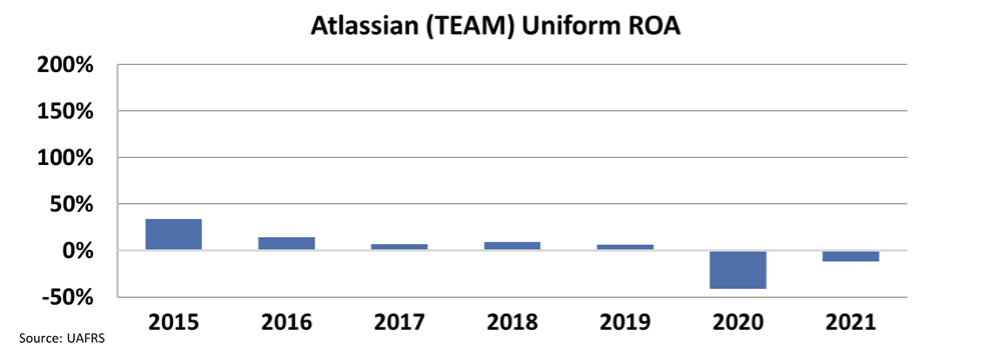 Today was supposed to be the day many offices reopened...
Today was supposed to be the day many offices reopened...
The delta variant of the coronavirus became a much larger problem than anticipated, and many office reopenings are now on hold.
This week, we're focusing on the dynamic of returning to the office and working from home and some of the specific winners and losers from the office world's disruptions.
As the coronavirus pandemic ebbed and flowed, we observed something interesting about our workforce.
At our workplace, the younger analysts are pushing for a full return to the office. Our recent college graduates yearn for the elbow-to-elbow team hustle and in-person mentorship.
The New York Times' article "Return to Office Hits a Snag: Young Resisters" highlights the generation gap in employee sentiment surrounding remote work. But it shows the overall trend going the other way.
For most companies, older workers are the ones urging a return to the office. According to a survey by The Conference Board, 64% of Baby Boomers hope to see a full-fledged return, compared with only 55% of Generation X and only 45% of millennials.
Last week, we wrote about how the work-from-home trend can lead to longer hours and heavier workloads because of the reduced separation between work and life. But for younger workers, the pros of remote work are clear:
- You can wake up later because there's no commute
- You can build your dream office setup
- You don't need to buy lunch
- You can get a quick workout in between tasks without anyone noticing
- You can listen to loud music
- You can take video calls in sweatpants
While some leaders may be frustrated about this, the New York Times article highlights the new normal. As companies recruit talent, they must be mindful of the work-from-home precedent that the pandemic has established.
 The world of software engineering has been particularly forward-thinking about remote work...
The world of software engineering has been particularly forward-thinking about remote work...
Many programmers will tell you that the pandemic was a productivity godsend, thrilled to never go back into an office.
But replacing a bustling and collaborative office space with virtual tools isn't an easy task. Some might think Zoom (ZM) is enough, but most programmers will tell you they need more than just a virtual scrum.
They need powerful collaboration and workflow management tools to eliminate the isolating effect of working from home. If they have a question, they need to find the right person to answer it quickly. They need whiteboarding tools for collaborative brainstorming and other tools to access systems that might be stuck on-premises.
Workflow management becomes particularly important when an engineer's boss can't just walk up to that employee and out of the blue and ask how things are going. Everyone needs to be "in the know" constantly about their workflows and how their team is progressing. Managers need ways to plan and track pipelines.
That's where platforms like Jira, built by Atlassian (TEAM), and its derivatives come in handy.
Jira is a set of giant, constantly updating workflow charts built specifically for software engineering teams with agility in mind. "Agile" is a term adopted by many software companies that refers to a specific way of thinking about project management. It has been proven time and time again to be a great way for teams to build great products with minimal waste.
Select engineering teams used Jira and its stablemate collaboration tools like Confluence and BitBucket even before the pandemic.
But if you looked at Atlassian's Uniform return on assets ("ROA"), the real metric of profitability, you'd see that these amazing products didn't make the company much cash.
Looking at the company's Uniform ROA below, you can see that economic returns have been falling since it began trading on the Nasdaq in 2015. It had a particularly tough fiscal year 2020, with a dismal negative 41% Uniform ROA:
While Atlassian's product suite was a value-add for the teams that used it, many smaller teams chose to do things the quick and dirty way, opting for simpler and cheaper workflow management software – or none at all.
But as people scattered in the four cardinal directions, even those smaller teams needed high-quality tools to keep up with their work. Jira went from being a nice-to-have to a need-to-have.
 Analysts recognize that the tide has changed for Atlassian...
Analysts recognize that the tide has changed for Atlassian...
They are projecting not just a slight improvement but a significant and sudden expansion to all-time ROA peaks of nearly 60% in 2022.
But the analysts aren't alone. Our Embedded Expectations Analysis, which turns the traditional discounted cash flow ("DCF") valuation model on its head, shows that Atlassian's current valuation is pricing the company to blow by the analyst expectations and soar to more than 150% ROA by 2025.
The market expects Atlassian to do great things now that the average software development office might look more like a bedroom or a dining table than a corporate office.
 Investors are left to ask a crucial question... Do they believe that the market expectations are reasonable?
Investors are left to ask a crucial question... Do they believe that the market expectations are reasonable?
This is crucial because the investors who bet on companies with unrealistic embedded expectations can often get burned when those expectations don't materialize.
Here at Altimetry, we've analyzed thousands of companies to identify more than 20 great stock recommendations in our Altimetry's Hidden Alpha newsletter, based on a fundamental basis and reasonably priced.
And we know our strategy works. Our large-cap and midcap picks have returned 60.3%, outperforming the Russell 3000 with 55.7% since the start of the portfolio.
To find out how to gain instant access to Hidden Alpha and the full portfolio of open recommendations, click here.
Regards,
Rob Spivey
September 7, 2021



 Today was supposed to be the day many offices reopened...
Today was supposed to be the day many offices reopened...



